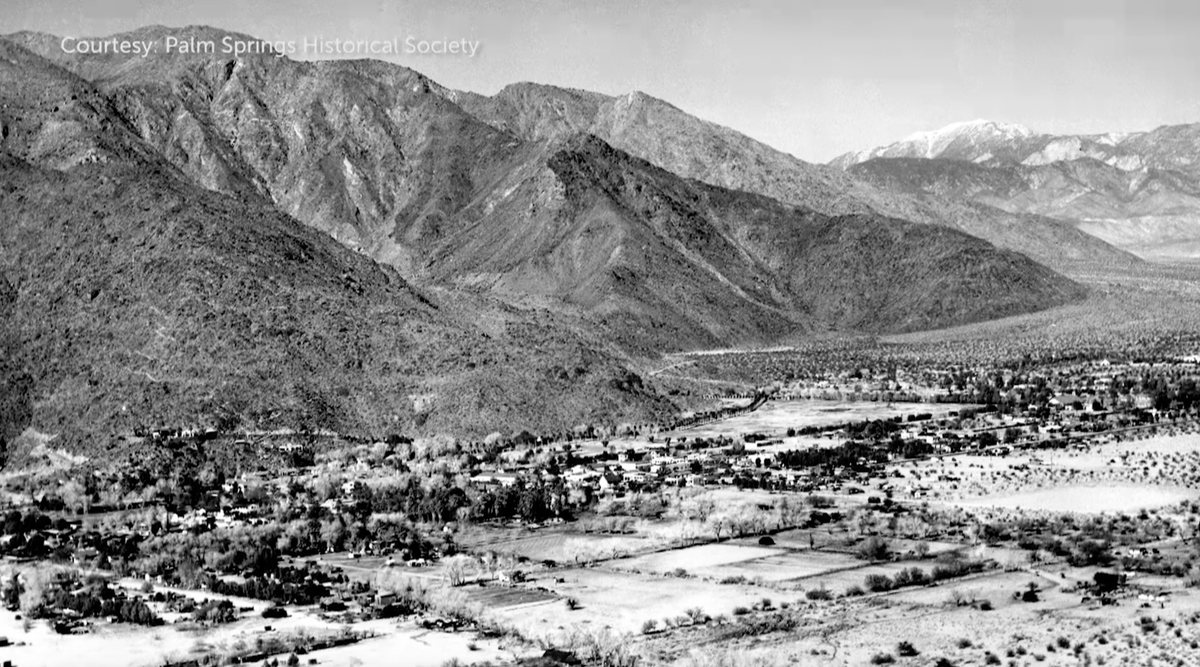Frank Bogert’s statue will be moved from city hall

The Palm Springs City Council unanimously voted to move the controversial statue of its former mayor, Frank Bogert, from city hall.
The council denied an appeal from supporters and approved the certificate of appropriateness for alterations to city hall. The decision comes three weeks after the Palm Springs Historic Site Preservation Board approved the certificate of appropriateness for the removal of the statue.
An attorney representing the Bogert family took part in the appeal process prior to the vote. The appeal was broken down into three categories:
- The City did not follow the municipal code in approving the Certificate of Appropriateness;
- Appellant’s assertion that the issuance of the Certificate of Appropriateness
violates the California Environmental Quality Act (“CEQA”); and - Appellant’s assertion that federal and state laws regarding visual art on public
display bars the proposed City action.
City staff concluded that the HSPB met all the requirements needed to issue the certificate.
Palm Springs City Manager Justin Clifton will work with other property owners to find a new location for the statue. If a location is not found in the next 60 days, the statue will be moved to storage until a new home is found.
The Historic Site Preservation Board had issued a strong recommendation to the city to ensure that the statue be relocated to a publicly accessible site, however, that is just a recommendation.
CONTROVERSY WITH FRANK BOGERT
The monument to Bogert was installed in front of city hall on March 31, 1990, to honor and recognize his decades of service to the community. Bogert is known as one of Palm Springs' most famous cowboys. He served as the city's mayor from 1958 to 1966. He served as mayor a second time from 1982 to 1988.
Bogert died in 2009 at the age of 99.
In the past year-and-half, there's been outcry from various members of the public following accusations that Bogert was part of the removal of hundreds of people from a one-square-mile block of property in downtown Palm Springs referred to as Section 14.

From 1954 to 1966 about 200 structures were demolished and burned. The actions displaced hundreds of low-income residents and people of color to make room for hotels and further tourism. The city did not have a plan to relocate the residents, forcing many of them to move to the north part of town and throughout the county.
The demolition of Section 14 was described in a later California Department of Justice report as "a city engineered holocaust."City of Palm Springs Citywide Historic Context Statement & Survey FindingsDownload
Last April, the city's Human Rights Commission recommended the statue's removal, hoping to separate the city from "past racism and its continuing impacts."
In Sept., the City Council voted to remove the statue and issue an apology for the city government's role in the destruction of Section 14.
Frank Bogert's widow, Negie Bogert, said the campaign to move a statue of her husband is full of slander and lies.
"I don't think that he was perfect but he was not by any means what they portray him as being," Negie told News Channel 3's Jake Ingrassia in Sept.
The group 'Friends of Frank Bogert' advocated for keeping the statue right where it is, calling the efforts to reconcile with the past a smear campaign meant to vilify Bogert.




